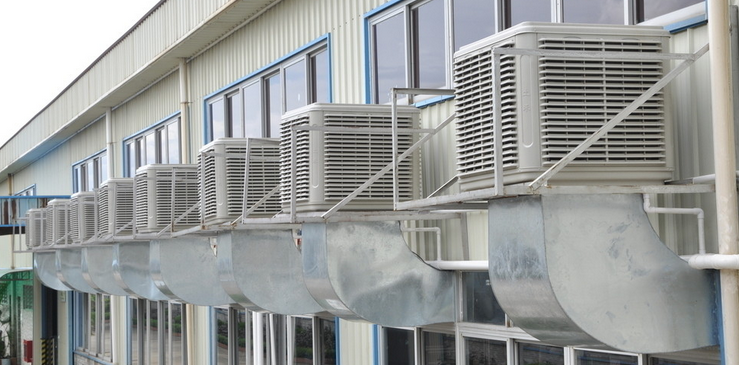In
Q2 2016 (the traditional peak period for the production and sales of air
conditioners), the price of difluorochloromethane (HCFC-22) again shows upturns
in China. For instance, the average quoted price was around USD1,471/t
(RMB9,500/t) in early May, up by about 6% over early March.

Source: Baidu
However, compared to USD2,168/t (RMB14,000/t) in early May 2015, it was down by
about 32%, showing significant falls.
This is in close relation to the demand changes.
In China, HCFC-22 is mainly for air conditioner manufacturing, maintenance and
export, combined consumption making up 95% of the total. Specifically, the
demands from air conditioner manufacturing and export business are decreasing.
This is mainly because:
- The production and sales of variable frequency air conditioners are
increasing, about 55% of the total in 2015. Comparatively, the production and
sales of fixed frequency air conditioners using HCFC-22, are decreasing.
- The developed countries have basically banned the use of
hydrochloroflurocarbons (HCFCs) in related new devices (such as air
conditioners), of which the EU has universally prohibited the use of HCFCs
since 2015. In this context, the channels for the export of HCFC-22 are
narrowing down, mainly to the developing countries now.
China has already stepped into the Stage 2 (2016-2020, cut by 35%) for the
elimination of HCFCs. This means that the reduction in HCFC-22 production quota
will be accelerated. Under this, the domestic producers will be inclining to
the sales of HCFC-22 in small packing.

CCM
believes that the air conditioner maintenance market will be a key target for
the HCFC-22 business layout in the future.
In recent years, the domestic air conditioner industry, impacted by policies,
has been developing more for energy conservation and environmental protection.
However, the HCFC-22 air conditioner segment, after years of development, has a
huge penetration, about 200 million units. Correspondingly, there should be a
big maintenance market: demand from this business accounted for nearly 40% of
the total in 2015.
“The HCFC-22 air conditioner penetration has not yet showed negative growths
and will maintain stable in the long run,” trade sources commented to CCM, “The
propane (R290) air conditioners which are strongly supported by the government
to replace HCFC-22 ones, are easy to cause burning and explosion.
For
this, improvements in technology regulation and training are needed to make all
links such as transportation and installation safe. So, it will take a long
period for R290 air conditioners to be widely promoted.”
Notably, the domestic air conditioner maintenance market regulation is fairly
poor. Many regular HCFC-22 producers (allowed to produce HCFC-22 within quota)
are facing challenges during the business layout, especially involving the
HCFC-22 produced by “underground” plants which are out of quota, and inferior
and counterfeited HCFC-22 produced by illegal manufacturers. This brings
low-price threats and brand image damages.
In the future, the regular producers are expected to cooperate with all-level
governments to bring those “underground” plants in light and beat them, and to
increase input in security design, so as to strengthen their capability and
competitiveness in the maintenance segment.
This article comes from China Fluoride Materials Monthly Report 1605, CCM

About CCM:
CCM is the leading market intelligence provider for China’s
agriculture, chemicals, food & ingredients and life science markets.
Founded in 2001, CCM offers a range of data and content solutions, from price
and trade data to industry newsletters and customized market research reports.
Our clients include Monsanto, DuPont, Shell, Bayer, and Syngenta. CCM is a
brand of Kcomber Inc.
For more information about CCM, please
visit www.cnchemicals.com or get in touch with us
directly by emailing econtact@cnchemicals.com or calling
+86-20-37616606.
Tag: HCFC Fluoride